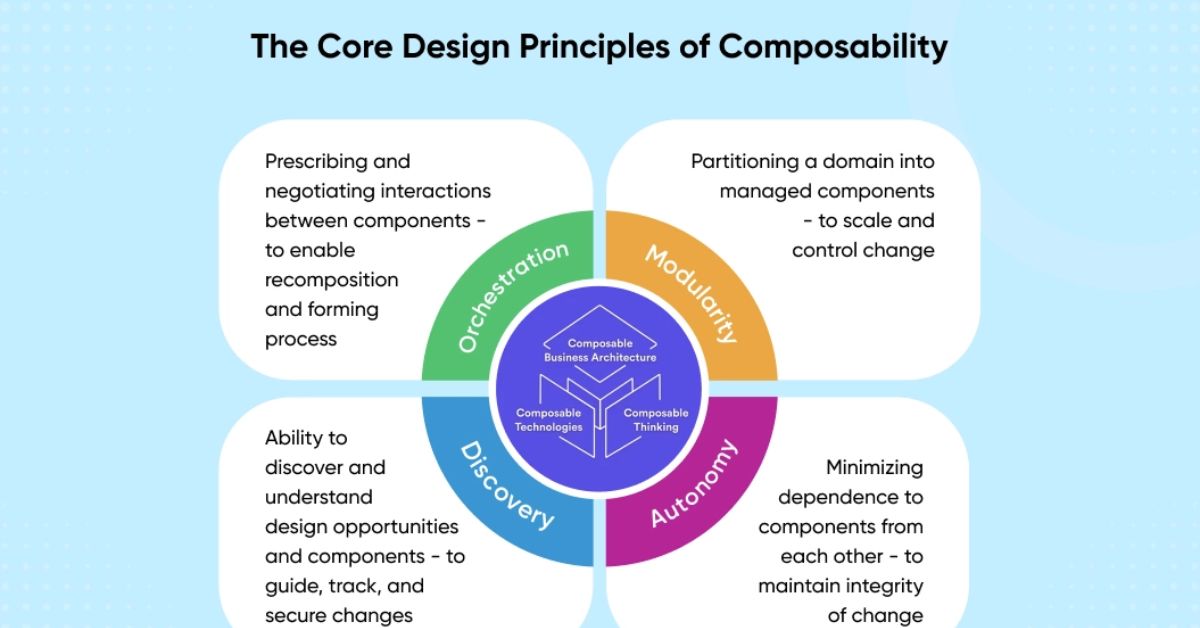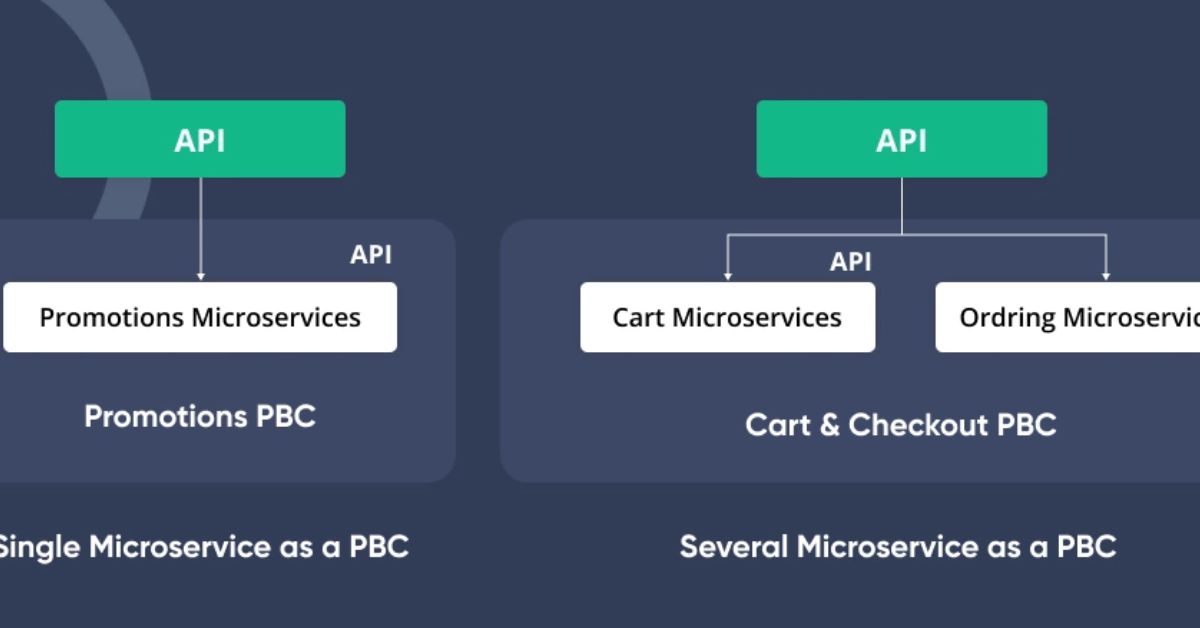eCommerce is a fast-changing sector, with consumers increasingly demanding personalized, interactive, and multichannel experiences that reach them across many digital platforms.
To fulfill these expectations, digital commerce platforms are increasingly being built with modular components – a composable architecture approach that allows businesses to adapt with replaceable building blocks.
This guide will explain what composable architecture is, what the benefits of composable commerce are, various examples of a composable commerce platform, and how composable can be understood in relation to other eCommerce trends such as omnichannel retailing, microservices, and headless architecture.
What is Composable Commerce?
Composable commerce uses MACH architecture to combine separate, best-of-breed components or services to create a flexible and adaptable digital commerce ecosystem. Composable commerce architecture focuses on:
Composable commerce is:
- Business-centric – brands can quickly respond to changing needs quickly and efficiently and can deliver highly personalized experiences to customers across any touchpoint
- Modular – The use of modules or components helps support agility, faster time to market, and flexibility
- Open – Built on open standards, leveraging APIs to integrate with third-party services and replace as needed, with no vendor lock-in.
What is Composable Architecture?
Composable architecture is a method of developing software that employs independent components and the concept of recomposition to add agility and resilience. Gartner identified composable architecture as a “mission critical” component for “mastering the pace of business change” in 2023.
Composable architecture is a broader word that refers to a variety of architectures. MACH architecture (M – Microservices, A – API-First, C – Cloud-Native, H – Headless) is most commonly used to describe composable architecture. MACH architecture serves as the foundation for composable, however it takes a somewhat different approach to microservices. Composability, on the other hand, can be extended to the front end, where an architecture approach such as JAMstack (J – JavaScript, A – APIs, M – Markup) can be employed.
Composable commerce and microservices
To support an agile architecture, composeable commerce employs modular or composable backend technology. Although this appears to be microservices at first glance, a composable commerce platform organizes these microservices around business functions or “packaged business capabilities” (PBCs) that can be composed of one or more microservices that include the data, logic, and processes to support each function. PBCs provide an excellent blend of efficiency and flexibility:
Composable commerce vs. traditional commerce
Traditional eCommerce strategies are likely to be built on traditional or monolithic architecture, and are frequently advertised as a “all-in-one” suite or platform. The cornerstone of composable architecture is customization, which allows eCommerce firms to untie all features, optimize them as needed, and deliver personalized experiences across an expanding landscape of touchpoints.
Composable commerce vs. headless commerce
“Is composable commerce the same as headless commerce?” is a frequently questioned question. The term “headless commerce” refers to an eCommerce platform that separates the front end (user experience / UI) from the back end (functionality, services), with the two connected by API. Headless is one component of a modular or “composable” commerce strategy, which includes independent or “modular” / “composable” back-end capabilities.
What are the Advantages of Composable Commerce?
Composable commerce has various advantages over traditional commerce platforms, including agility, cost optimization, operational efficiency, improved scalability/performance, a more flexible ecosystem, and faster time to market.
Any brand, whether B2C or B2B, may use analytics to better analyze and segment their consumer base, resulting in increased efficiencies in the marketing and sales funnels as well as increased sales and growth possibilities. Composable commerce aids in reducing time to market while remaining adaptable to changing client demands, technology, or additional touchpoints. Businesses can use the knowledge from unified data to better understand their consumers and marketing to inform product development and marketing.
- Quick deployment: Composable commerce leverages modular backend to integrate or develop new PBCs
- Operational efficiency: Using PBCs allows brands to integrate services that are ideally suited for the need and scale of the organization, allowing brands to build the right tech stack and not pay for services that are not needed (vs. a monolithic setup). Further, leveraging third-party PBCs offloads some ongoing maintenance needs to third parties.
- Resiliency: MACH architecture introduces system resiliency since any update or service interruption in one system will not take down the entire eCommerce platform.
- Scalable: Leveraging the cloud, PBCs can independently scale to meet demand. Further, this scalability is achieved globally and at new touchpoints with greater flexibility.


